Sharing the results from my latest Moth Trap Session. I have written posts about setting up a moth trap and on collecting the results if you want some more background info on how and why I use a Moth Trap

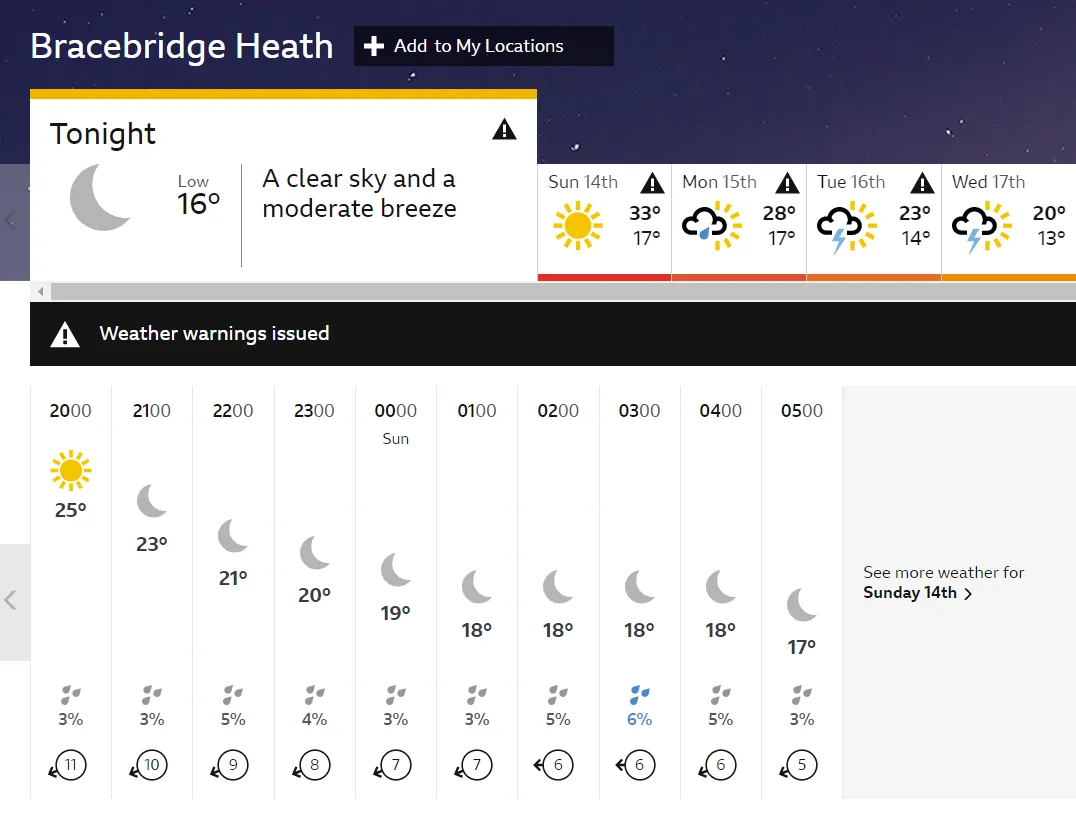
Date: 13th August 2022
Weather:
Its been another week since my last moth trapping session. Can't belive how quick this year is going... already in August! The plus side of that is the nights fall earlier and earlier. The sooner darkness arives, the sooner the moth trap goes on!
We are currently in a another spell of hot dry weather. Not as hot as a few weeks back, but still warmer than normal. Today was highs of 30C and tomorrow is forcast to be 33C. The bigger issue still is the lack of any significant rainfall. There is rain on the way next week, but still only scattered thunderstorms... we really could do with a period of solid rain for a couple of weeks, and that doesn't look forth coming.
Anyway, trap is on... temperatures are warm but dropping quickly as night falls, here we go!
Results: 71 moths of 30 species
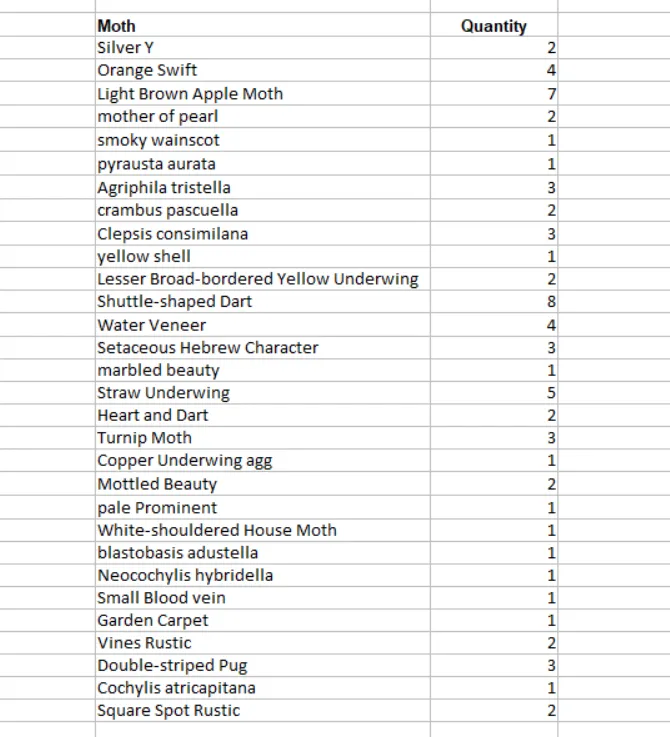
Summary of Results:
Last week the results were just 45 moths of 18 species. I know that after the peak in numbers in July, the numbers will slowly decrease. Even so, I was surprised how low it was... as it tuned out it was just a blip (possibly due to weather).
As you can see from the table above, the numbers are closer to what I would expect for the time of year, and it was fairly busy around the trap tonight

Orange Swift - Triodia sylvina (male)
The first moth of note was this Orange swift, one of 4 caught this evening. This is a male, which you can tell by the bright Orange colour. The females are nearly twice as big, and of a light brown colour.
Last night I caught 3 males and 1 females. I don't see the females very often, and so wanted to take a picture to add to my 'image library' but while she was in the pot she started laying eggs everywhere. I took the correct decision to release her immediately so she could lay them in a more suitable location
The below picture isn't mine but at least you can see what I mean about the difference in appearance.
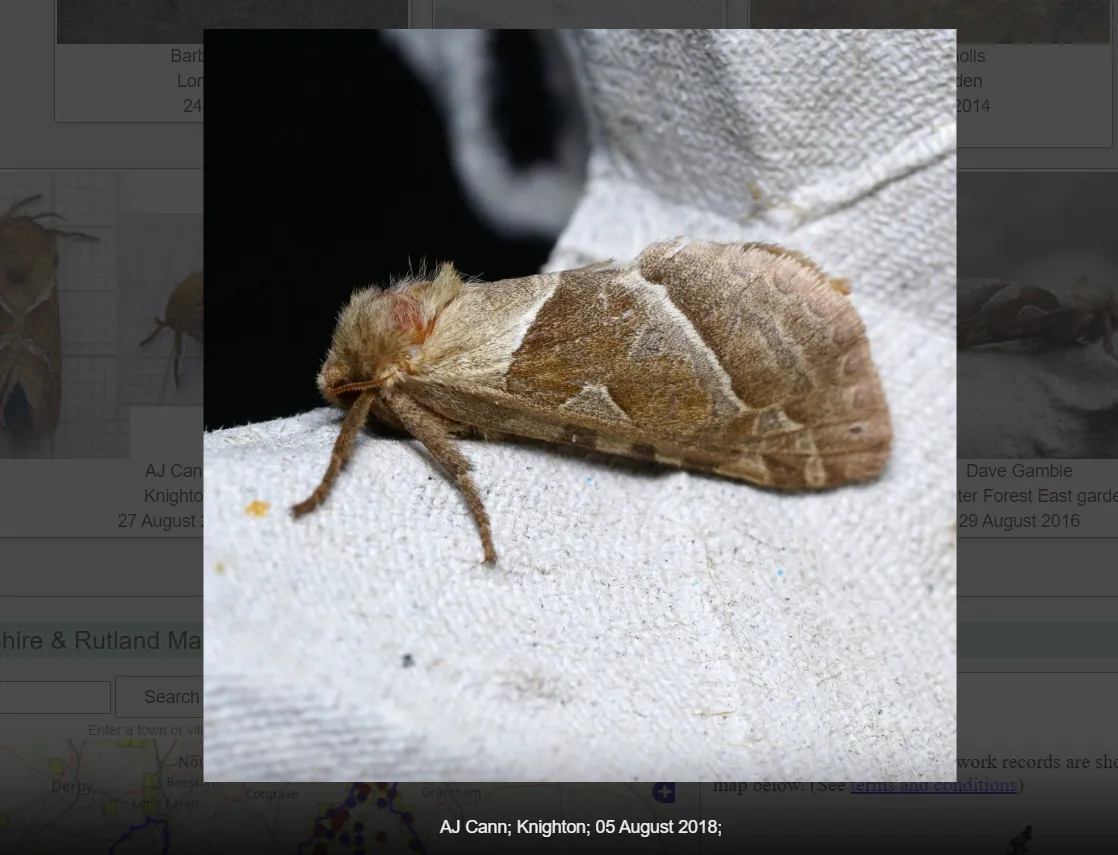
Orange Swift - Triodia sylvina (female) source
After that brief flurry of excitement, normality resumed, and the usual species started drifting in.
First were Light Brown Apple Moths landing near the trap, and then Silver Y's were seen feeding on nearby Red Valerian flowers. Then the usual common species like Shuttle-shaped Darts and Turnip moths arrived. All quite common, and most of them seen frequently this year.
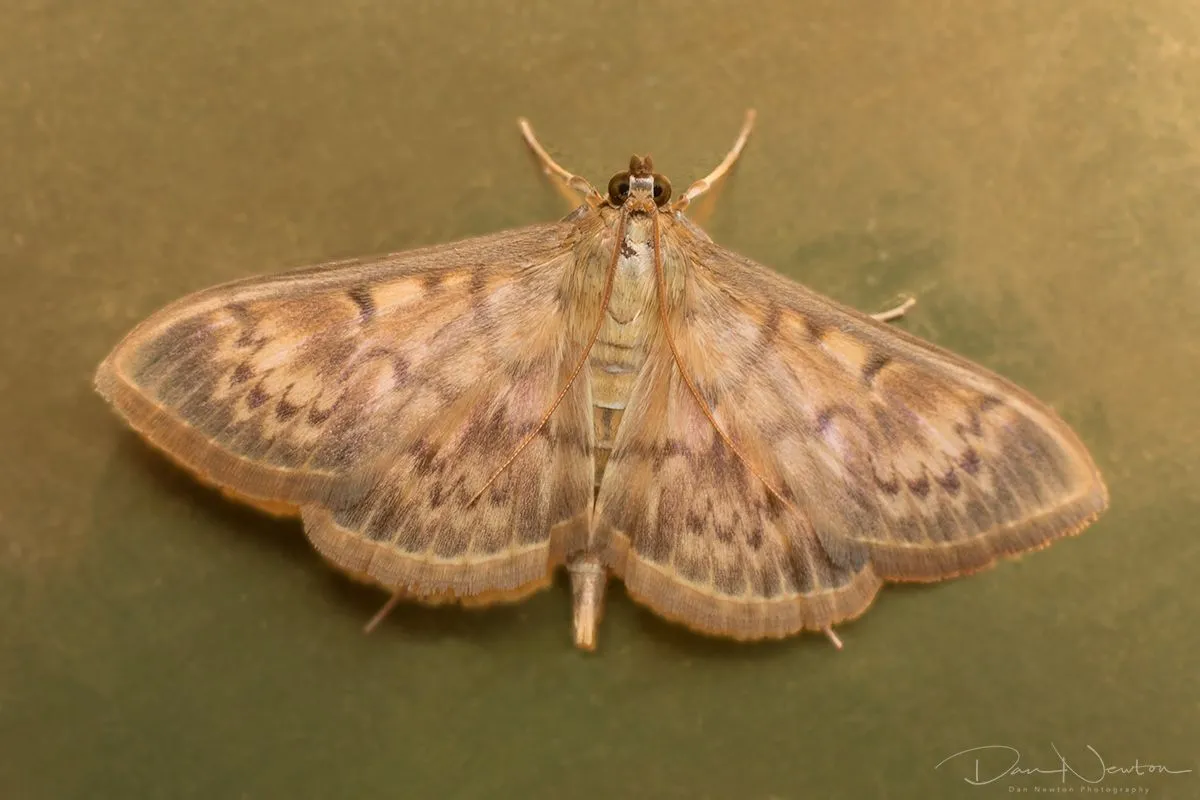
Mother of Pearl - Pleuroptya ruralis
Finally, something a bit more interesting.
Yes, yes I know, ALL moths are interesting, but to badly paraphrase Orwell, some moths are more interesting than others!
This is a Mother of Pearl, quite obviously named due to the beautiful wings that almost seem to shimmer. These are a fairly common species and are always a delight to see.
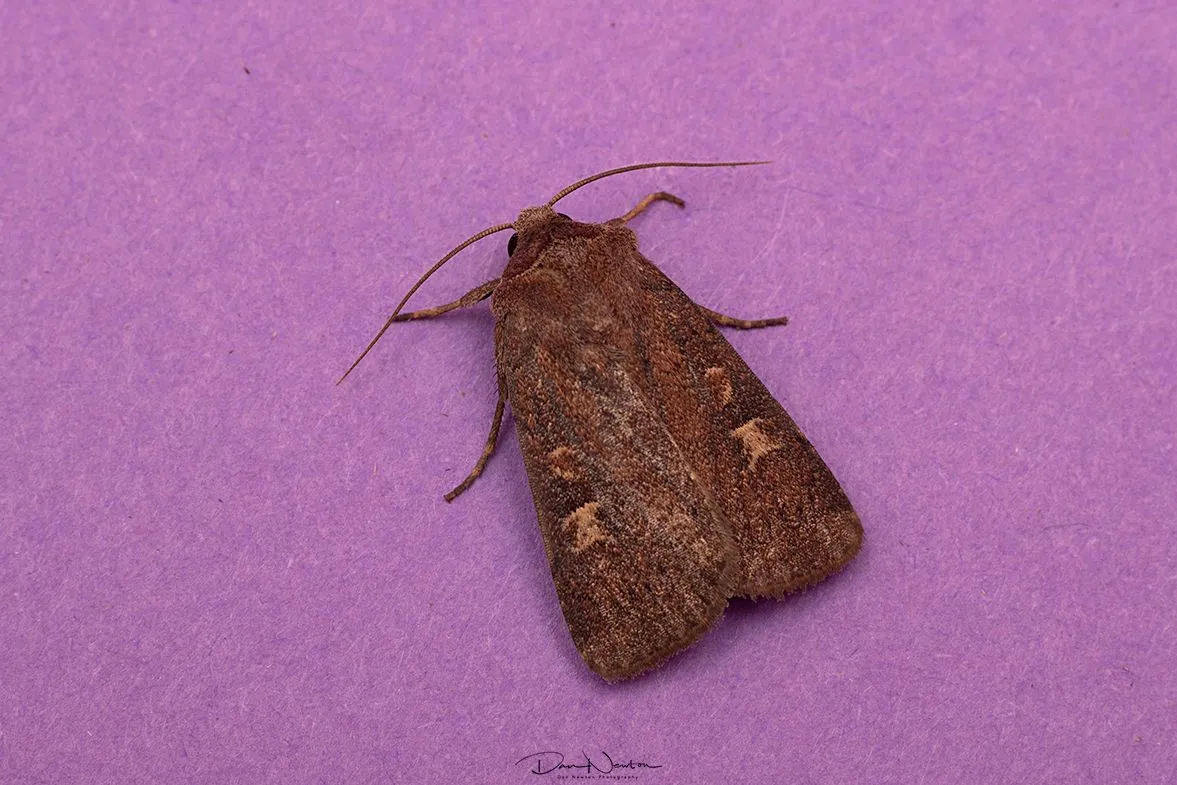
Square-spot Rustic - Xestia xanthographa
Next up was a couple of Square-spot Rustic's.
You should be able to see a squarish spot on each wing that gives this species its name
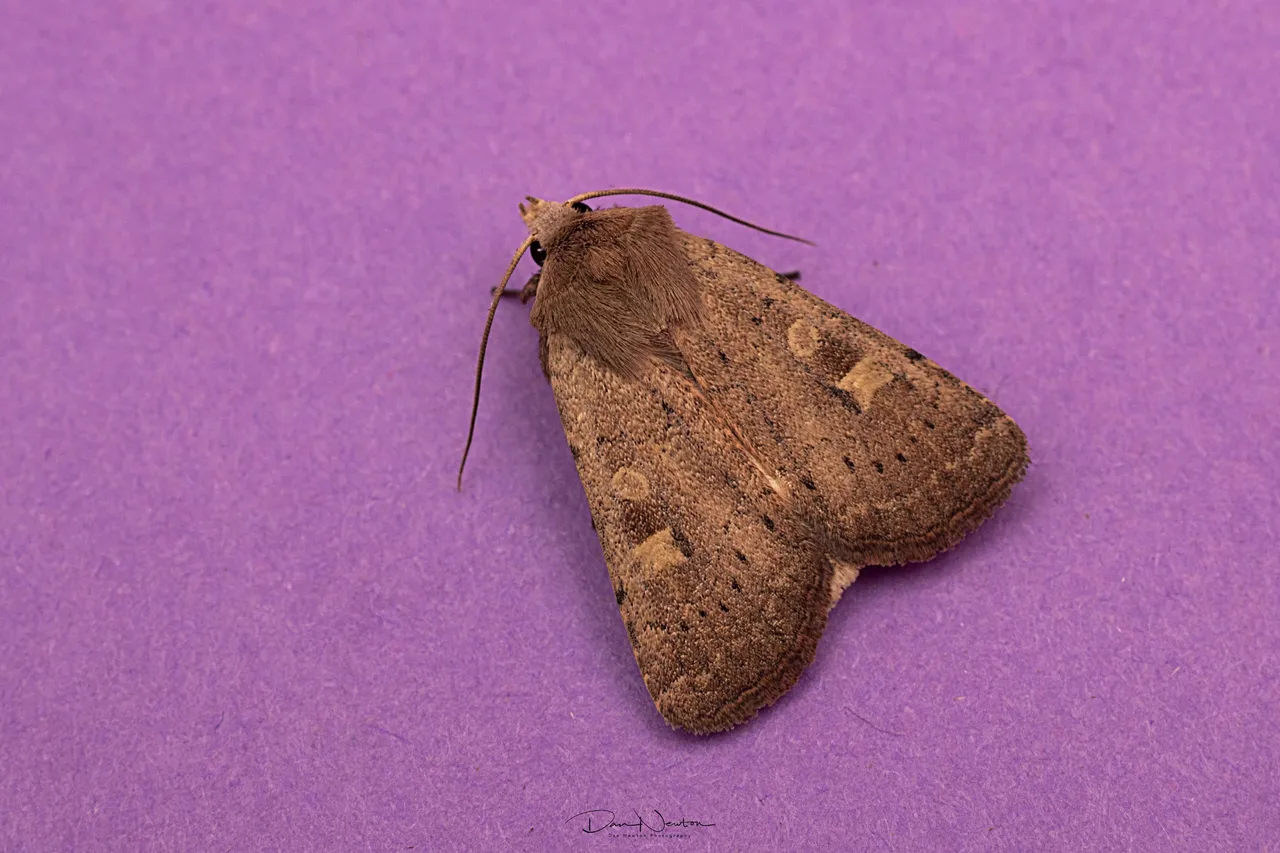
Square-spot Rustic - Xestia xanthographa
...and again.
It can be quite a variable species, but that squarish spot is still quite easy to see.
Next we have a couple of very similar and closely related Tortrix Moths:
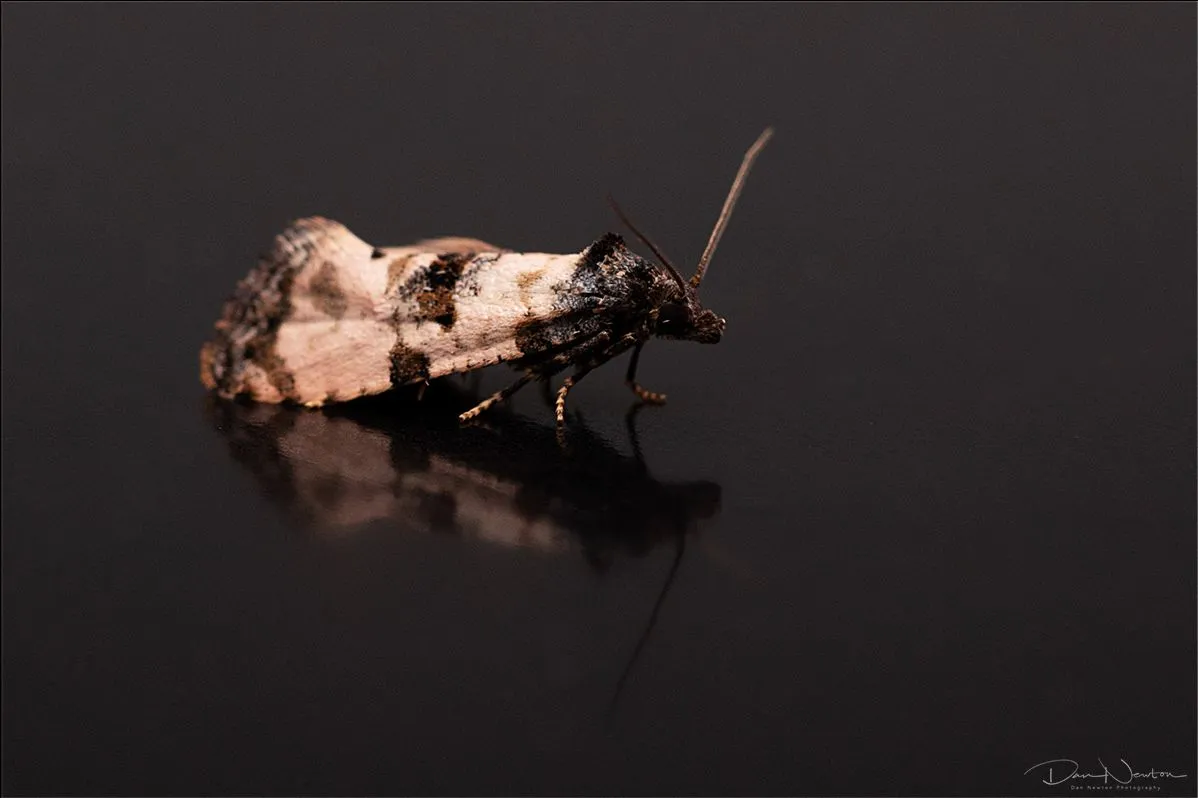
The one with a black head is Cochylis atricapitana
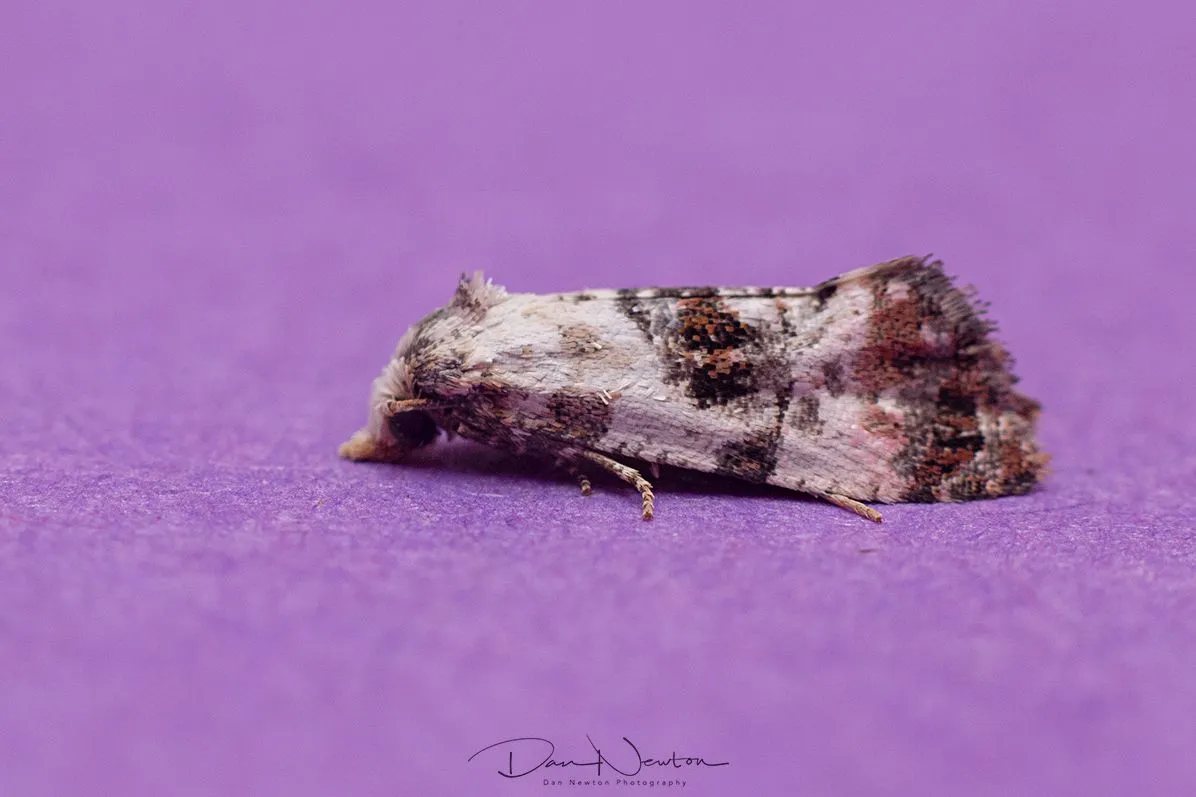
...and the one with with a white head is Cochylis hybridella
By this point the session was approaching 1:00 AM. I decided I had seen enough species to make it a worthwhile session, and began the process of turning everything off.
This involves turning the light of so moths are no longer attracted to it, and also by taking the lid off the trap so that any moths inside could fly away while it was still dark. While opening up the trap I spotted this Small Blood-vein inside
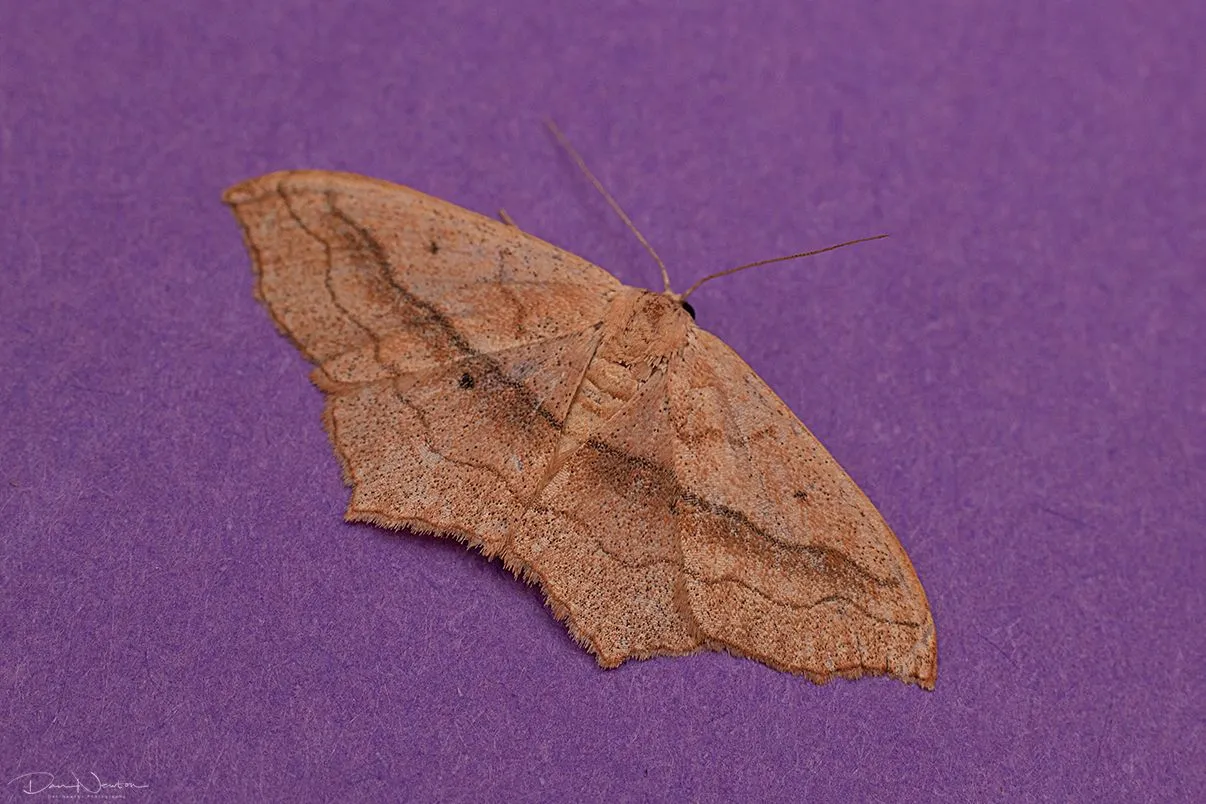
Small Blood-vein - Scopula imitaria
Bonus Picture
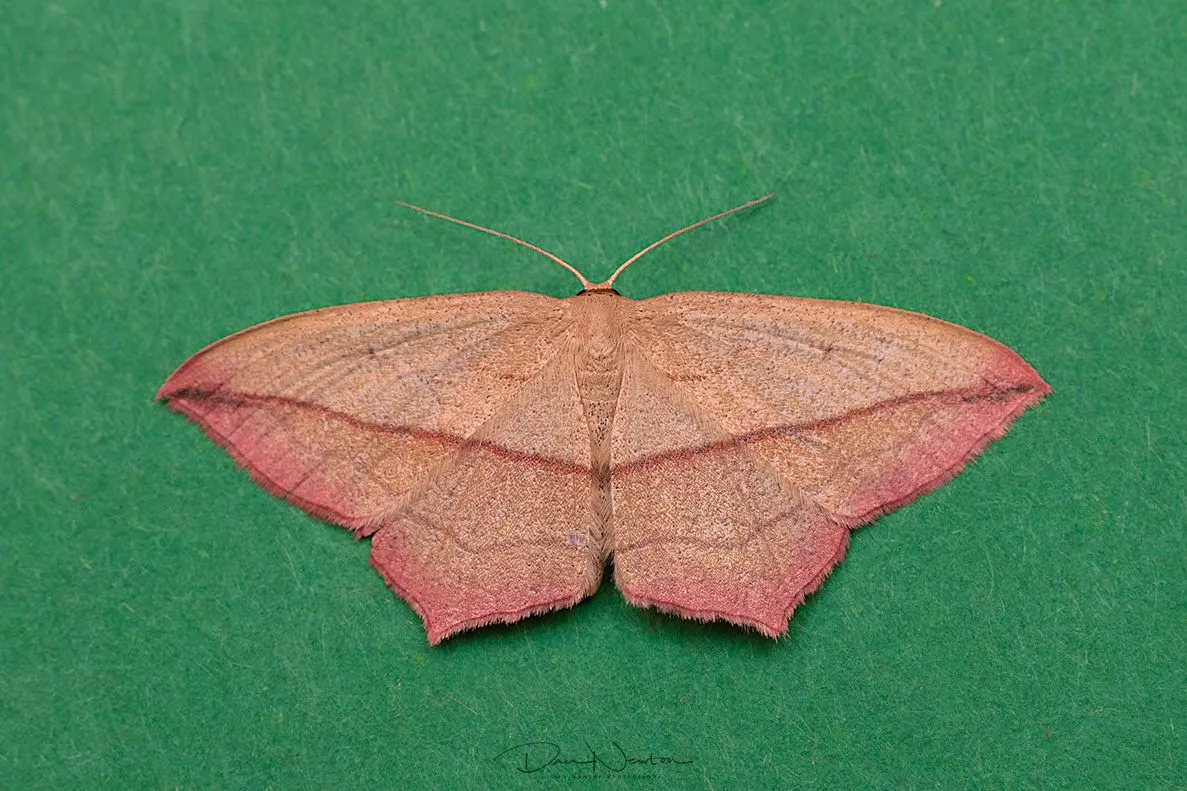
Blood-vein - Timandra comae
As a bonus today, I think I'll show an image of of the larger Blood-vein. This wasn't caught today, but see the smaller moth above made me think of this one.
You can see where the smaller species gets it's name, but the larger one is a much more distinctive looking species, with a bright red crossline going from wingtip to wingtip, and a subtle rosy pink colour running along the edge of the wings.
And with that, I'll draw this report to a close. You never know what is going to appear each time you turn on the light, and tonight's results ended up being quite interesting in the end.
What will I find next week?
Will there be anything rare or interesting?
More importantly, will we finally have had some rain by then? 😅
well, there's only one way you're going to find out!

Notes on Pictures: Since I started moth trapping 5 years ago, I have been slowly building up collection of Library Images. The idea being that once I have taken a picture of a particular species of Moth, I don't need another picture of the same species a year later. It’s a waste of time and energy. I only take pictures of new species, or of moths that are difficult to ID, so I can get the records verified.
While in my care, all individuals are looked after, and after Photographs have been taken, they are all released safely outside.
All names confirmed and checked via Wikispieces
Further Research from UK Moths and NatureSpot

If you have any thoughts or opinions on this article then I'd love to see your comments.
And if you really like the content then maybe you would like to upvote or re-hive it.

Check out my website for more of my work.
